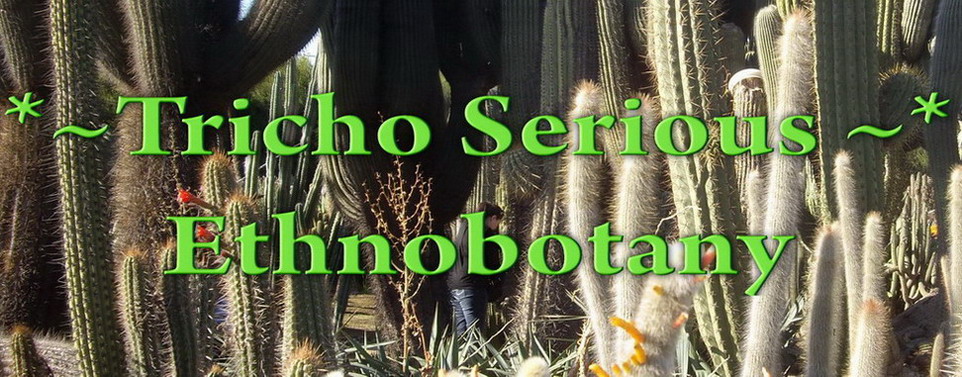Got this from an online vendor. Is the Knize Peruvianus var. huaraz, Ancash, northwestern Peru. Is likely synonomous with the T. huarazensis also from Knize.
There is a little knowledge about the history of Huaraz, before the arriving of Spaniards. In 1533, the Spanish Army arrived for these area with the commanding of Hernando Pizarro. They did the first description of the qualities of the area, and they described that was a green fertile soil, with many livestock in the highlands, and prosperous villages.
Despite that, there is human presence since 10.000 B.C, during that time people were dedicated to be gathers and hunters. A proof of that, is the Guitarreros cave across from the town of Mancos. Since that age Huaraz had to pass, by different changes with the development of farming in the zone of Vicuas and Villaqui.
During the ancient age, the Chavin culture developed the urban growing, So, the village of Waras were created, with its ceremonial center located at Pumacayan hill. In the middle age, can be located the Recuay culture. After that, the area of Huaraz was conquered by the Wari culture, this empire built the archaeological rests of Wilcahuain and Waullac. Finally, the area was annexed to the Inca Empire.
With the history of the region being as it is this could be a very interesting plant, time will tell. :)
There is a little knowledge about the history of Huaraz, before the arriving of Spaniards. In 1533, the Spanish Army arrived for these area with the commanding of Hernando Pizarro. They did the first description of the qualities of the area, and they described that was a green fertile soil, with many livestock in the highlands, and prosperous villages.
Despite that, there is human presence since 10.000 B.C, during that time people were dedicated to be gathers and hunters. A proof of that, is the Guitarreros cave across from the town of Mancos. Since that age Huaraz had to pass, by different changes with the development of farming in the zone of Vicuas and Villaqui.
During the ancient age, the Chavin culture developed the urban growing, So, the village of Waras were created, with its ceremonial center located at Pumacayan hill. In the middle age, can be located the Recuay culture. After that, the area of Huaraz was conquered by the Wari culture, this empire built the archaeological rests of Wilcahuain and Waullac. Finally, the area was annexed to the Inca Empire.
With the history of the region being as it is this could be a very interesting plant, time will tell. :)



No comments:
Post a Comment